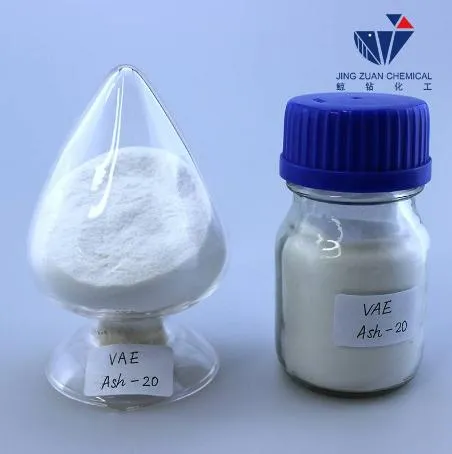
Dec . 03, 2024 16:35 Back to list
different grades of hpmc
Exploring Different Grades of HPMC A Comprehensive Overview
Hydroxypropyl Methylcellulose (HPMC) is a cellulose ether that has found extensive applications in various industries, including pharmaceuticals, food, cosmetics, and construction. The versatility of HPMC is largely attributed to its unique properties, which vary significantly depending on its grade. Understanding the different grades of HPMC is crucial for selecting the right type for specific applications. This article aims to explore the various grades of HPMC, their properties, and their respective applications.
What is HPMC?
HPMC is a water-soluble polymer derived from natural cellulose. It is created by the chemical modification of cellulose through a process called etherification. This modification enhances its solubility and provides various functional properties, making it suitable for a wide range of applications. HPMC is commonly used as a thickening agent, emulsifier, stabilizer, and film-forming agent.
Grades of HPMC
HPMC is available in several grades based on factors such as viscosity, molecular weight, and the degree of substitution of the hydroxypropyl and methyl groups. The most common grades of HPMC are classified as low, medium, and high viscosity grades.
1. Low Viscosity HPMC (E.g., HPMC 50)
Low viscosity HPMC grades typically have a viscosity range of around 1,000 to 5,000 mPa·s. They are primarily used in applications requiring low thickening power and quick dissolution. Common uses of low viscosity HPMC include
- Pharmaceuticals Low viscosity grades are often used in oral dosage forms like tablets and granules, where they act as binders, providing adequate flowability without significantly altering the dissolution rates. - Food Products In the food industry, low viscosity HPMC is utilized as a stabilizer in beverages and sauces, helping to maintain the desired consistency without overly thickening the product.
2. Medium Viscosity HPMC (E.g., HPMC 100)
different grades of hpmc

Medium viscosity grades have a viscosity range of approximately 5,000 to 15,000 mPa·s. They offer a balance between thickening and film-forming properties, making them suitable for various applications
- Cosmetics and Personal Care Medium viscosity HPMC is used in lotions, creams, and gels for its ability to improve texture and stability while providing a smooth application. - Construction In the construction industry, medium viscosity HPMC is added to mortars and adhesives to enhance workability and water retention, contributing to better performance in construction materials.
3. High Viscosity HPMC (E.g., HPMC 400)
High viscosity HPMC grades usually have a viscosity of over 15,000 mPa·s. These grades are known for their excellent thickening and gelling properties
- Pharmaceuticals High viscosity HPMC is often used in sustained-release formulations, where it controls the release rate of active ingredients, enhancing the effectiveness and bioavailability of the drug. - Food Products In the food industry, high viscosity HPMC can act as a fat replacer in low-fat products, providing creaminess and texture without adding calories. - Cosmetics This grade is also found in high-end cosmetics and skincare formulations, where a luxurious texture and viscosity are desired.
Factors Influencing the Choice of HPMC Grade
Selecting the appropriate HPMC grade depends on several factors, including the intended application, desired viscosity, and compatibility with other ingredients. It's crucial to consider the processing conditions, such as temperature and pH, as they can affect the solubility and performance of HPMC.
Conclusion
Different grades of hydroxypropyl methylcellulose (HPMC) offer a versatile range of properties that cater to various industries and applications. By understanding the distinctions between low, medium, and high viscosity grades, manufacturers can make informed decisions to optimize product formulations. As industries continue to evolve and demand innovative solutions, the importance of selecting the right HPMC grade will only continue to grow. Through careful consideration and application, HPMC remains a vital component in delivering quality products that meet consumer needs across diverse sectors.
-
Versatile Hpmc Uses in Different Industries
NewsJun.19,2025
-
Redispersible Powder's Role in Enhancing Durability of Construction Products
NewsJun.19,2025
-
Hydroxyethyl Cellulose Applications Driving Green Industrial Processes
NewsJun.19,2025
-
Exploring Different Redispersible Polymer Powder
NewsJun.19,2025
-
Choosing the Right Mortar Bonding Agent
NewsJun.19,2025
-
Applications and Significance of China Hpmc in Modern Industries
NewsJun.19,2025







